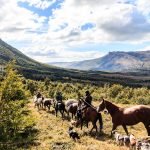
5 Reasons to Visit Torres Del Paine in the Fall
1: The Wind & Weather
The Patagonia is notoriously windy during the summer time (January-March). Hellacious katabatic winds from the world’s 3rd largest ice cap rage down from glaciers and through Torres Del Paine National Park (Parque Nacional Torres Del Paine), blowing hats, pack covers, powdered coffee and even unsuspecting tourists off of their originally-intended course.
During the fall, however, those winds subside and overall become much calmer. The temperatures are slightly cooler than January, February, and March, but only by a few degrees. Nothing that a good sleeping bag and a wool hat can’t solve. The days become shorter as well, so planning your days (and having a headlamp) becomes more important.
It’s impossible to predict weather and say definitely, “If you go to Torres Del Paine in the fall you’ll have great weather.” Climate change, El Nino/La Nina patterns, and general variability of weather change year to year. But anecdotally, 4-5 different locals who had all lived in Puerto Natales for 20+ years said that fall was their favorite time of year. During the month I spent in the Puerto Natales and Punta Arenas areas (March 11 – April 8), I experienced about 4 days of rain, and only 3-4 days of the hellacious wind (I just can’t stop using this word – hellacious – it just rolls off the tongue, right?) that the Patagonia is famous for.
2: The Crowds
Ok, here’s the thing about Torres Del Paine National Park: It’s breathtaking and unparalleled, but everyone else in the world knows about it and is trying to do the same trek that you are. In the 2016-17 season, CONAF (La Corporación Nacional Forestal, the federal organization in charge of the park) has for the first time instituted a reservation system for their free campsites. Park visitation has been growing – I heard 20% annually – and it has become quite a commercialized place, most especially during the summer. But don’t let that discourage you.
The main season tapers off considerably after April 1, when some refugios close. The CONAF campsites stay open until May 1. As the refugios close, the capacity of camping in the park lessens considerably, giving you more breathing room to enjoy the park and have maybe even have some vistas to yourself if you want them!
3: The Autumn Colors
Autumn colors begin to sweep through Torres Del Paine’s Megallanic deciduous forests at the end of March, giving you shades of tinted red and orange that add that much more to your experience and photographs in the park.
4: The People
My travel philosophy is to spend more time in fewer places, to better know a community – its people, culture, environment, local cafes and watering holes, etc. As the peak season winds down at the end of March, business owners “come up for air” after a busy season and have more opportunity to engage in conversation. With fewer visitors in Torres Del Paine, I felt that I had a better opportunity to engage with other travelers and locals alike, from my hostel to fellow hikers on the trail.
5. Photography Opportunities
Sooo, this is related to just about all of the above reasons but bears individual consideration nonetheless.
The fall presents conditions optimal for photographers:
- Late sunrise means you don’t have to get up at the @ss crack of dawn to get the photos you want. On April 1, we got to the mirador for the Torres (below) at 7 am and still had stars visible.
- The sun stays a little lower, giving you more dramatic lighting angles on the many peaks, glaciers, valleys, streams, pumas (if you spot one!), etc
- The autumn colors (see above)
- Snow-dusted peaks: The first snow on craggy mountain peaks gives more definition and drama than you would get during the summer time. I wasn’t lucky enough to have snow, but maybe you will be!
- Fewer people (also see above). It’s nice to be able to capture landscapes without having a crowd in your shot.
Awesome opportunities present themselves during shoulder seasons, and Torres Del Paine is no exception. Not only does it provide excellent experiences for you, but it also helps to continue to stimulate the local economy and spread out impact on the environment over a longer period of time.
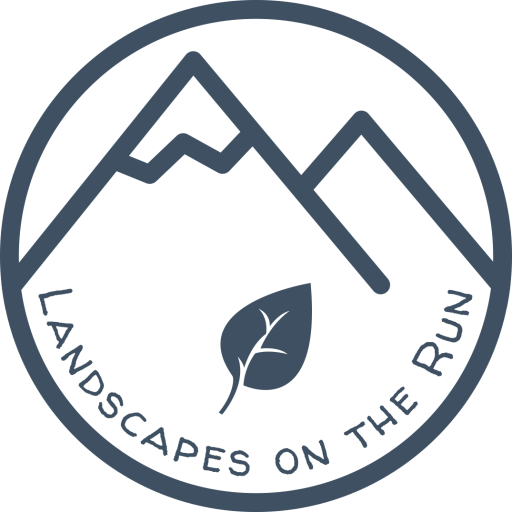

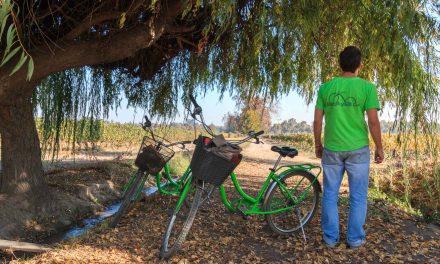
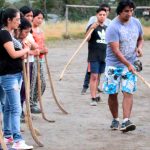

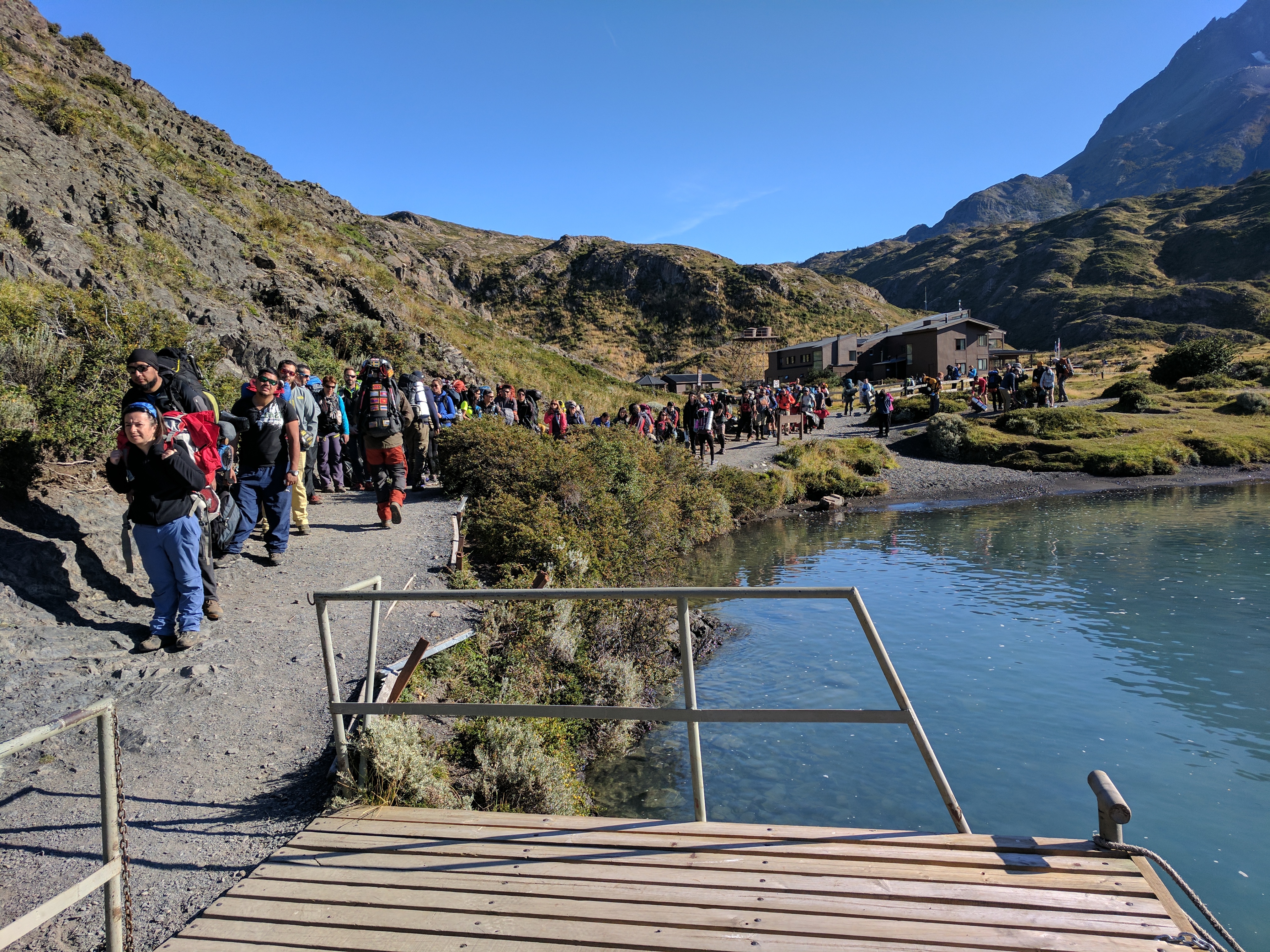

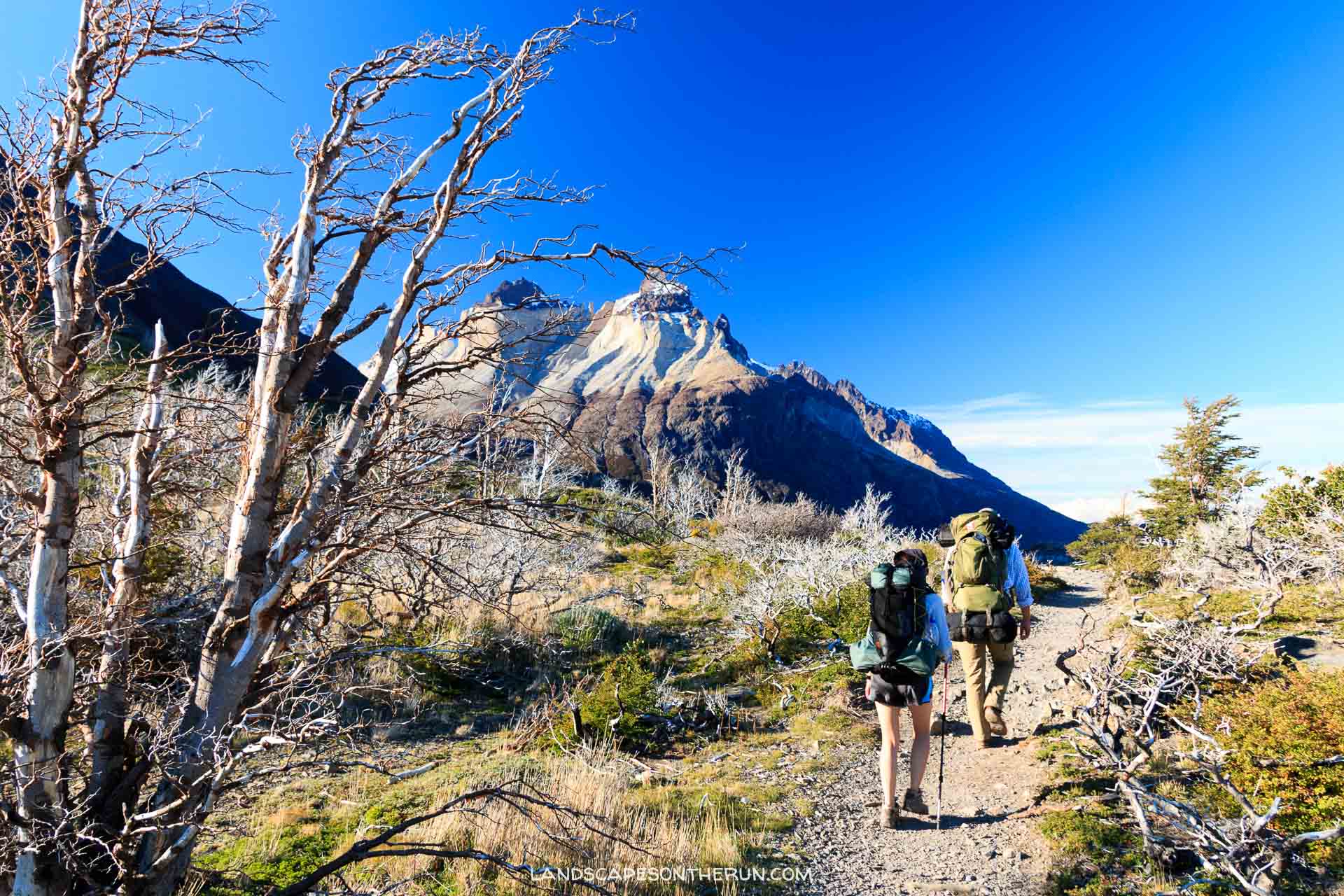


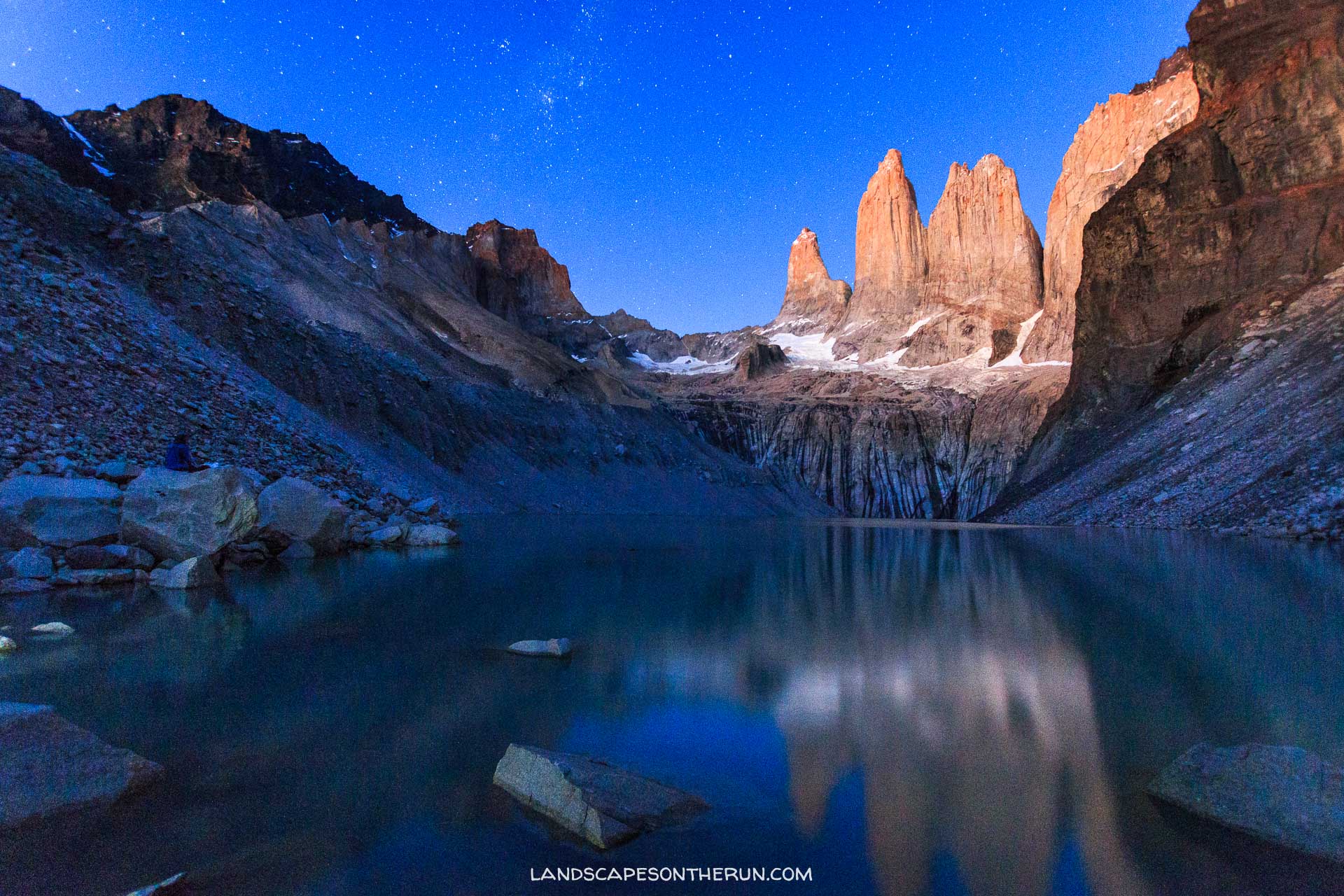
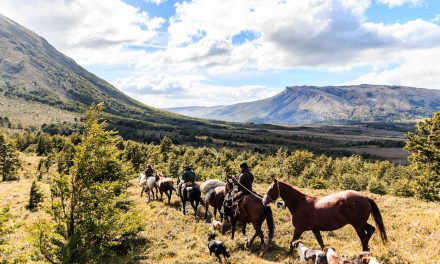
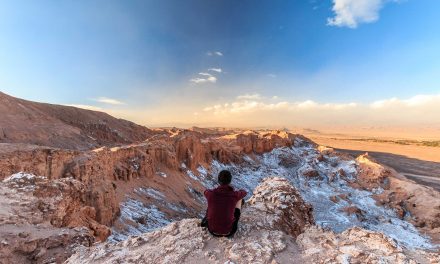
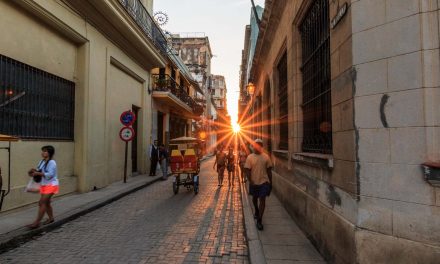

Thanks for reading
Enjoyed it? Share with your friends!